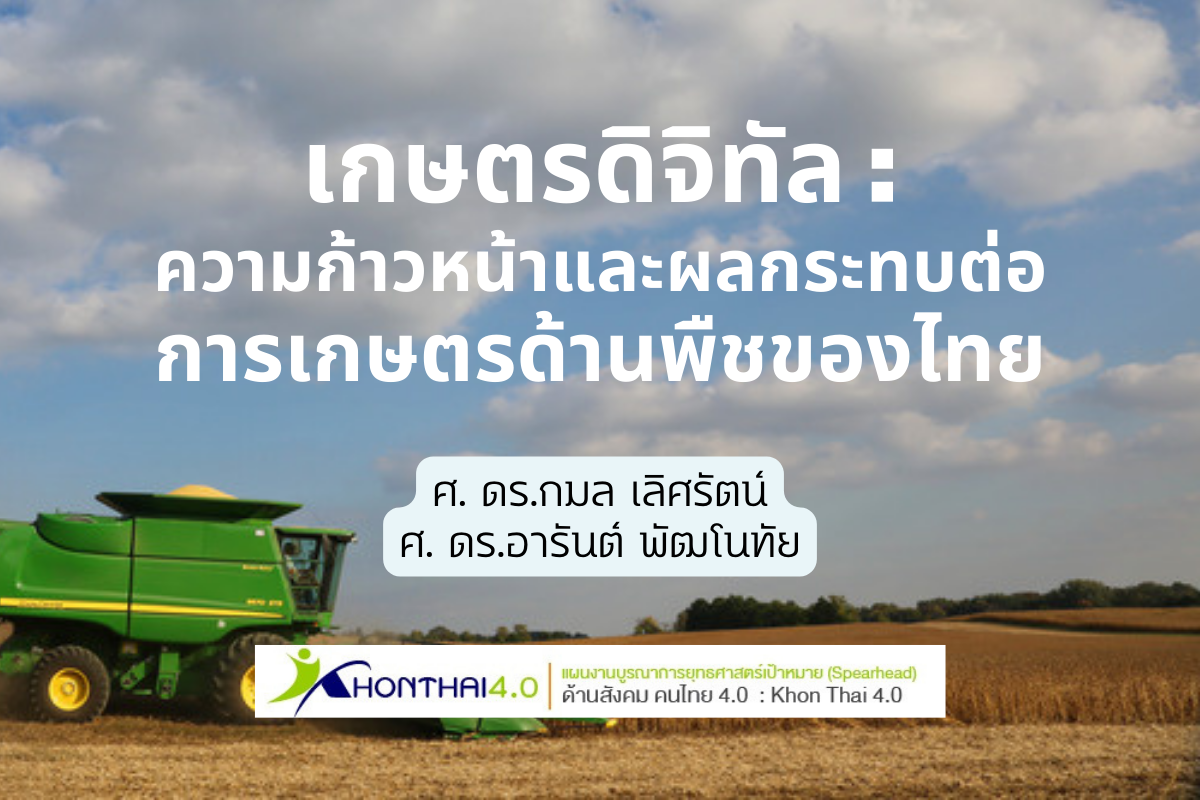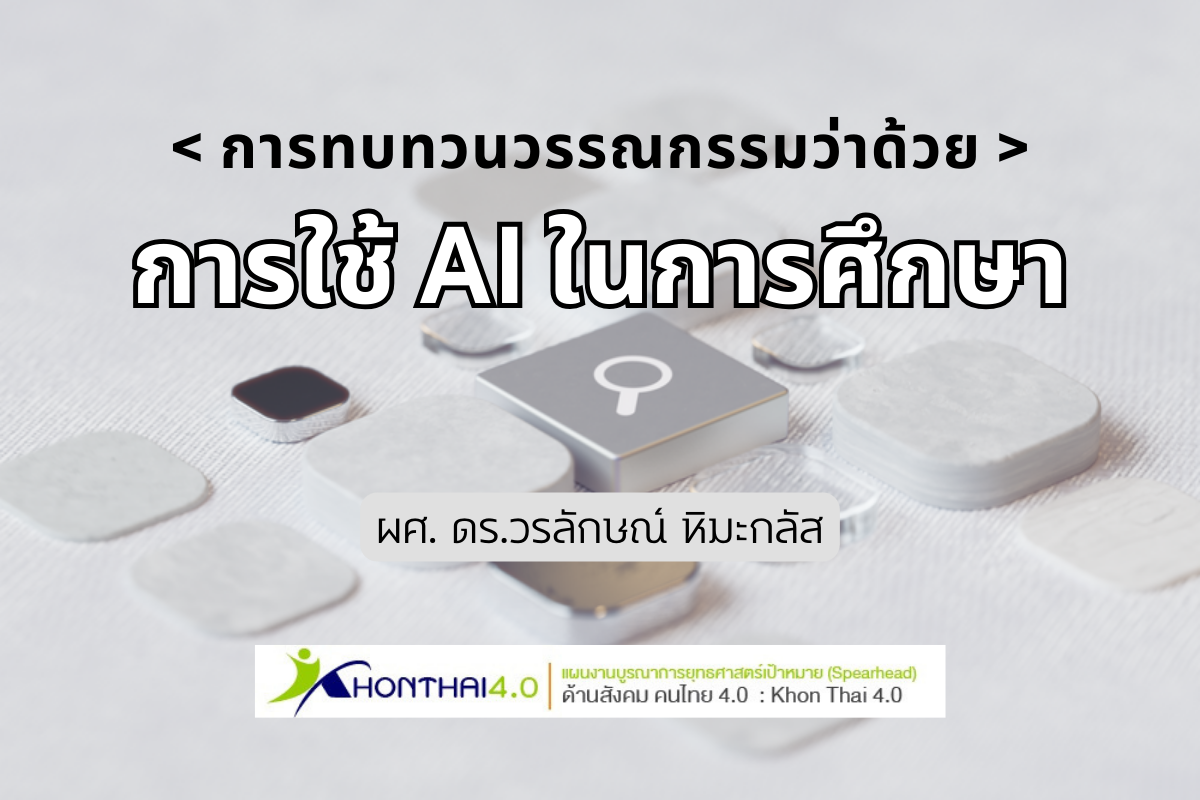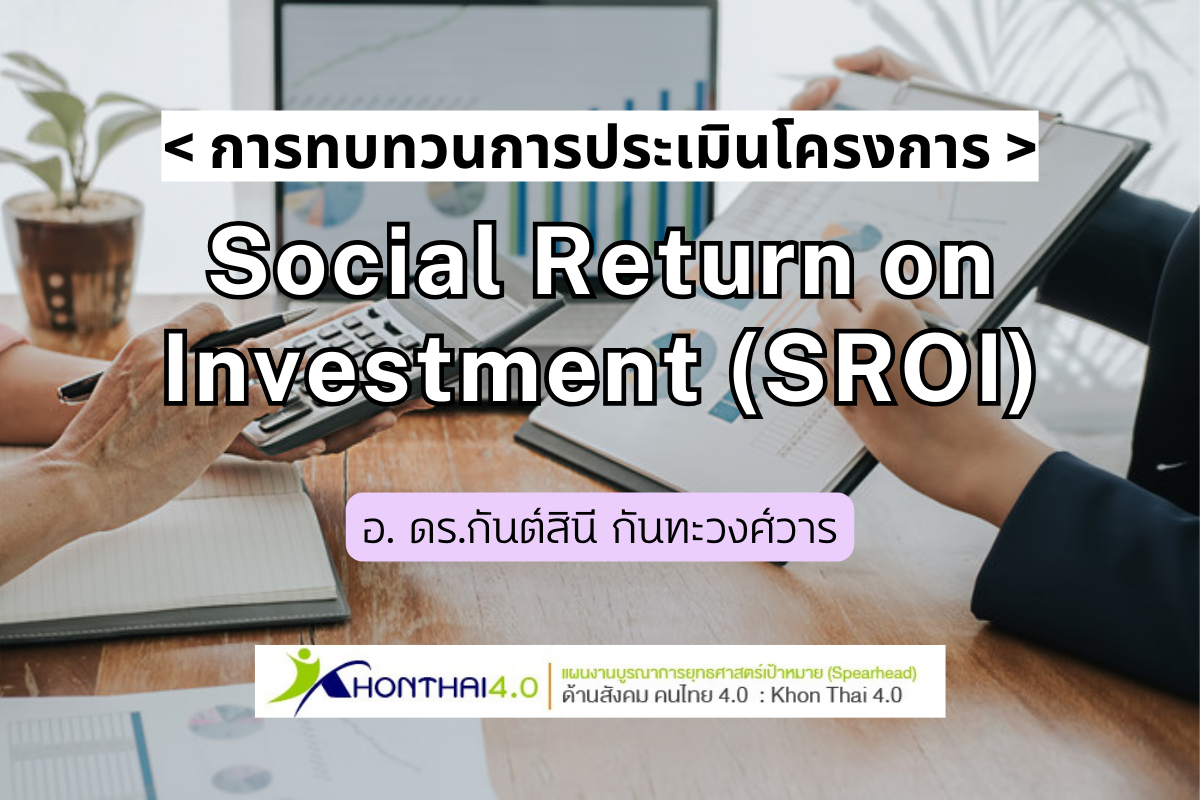
ณ- การพัฒนากลยุทธ์ส่งเสริมมูลค่าเพิ่มจากความร่วมมือรวมพลังระหว่างโรงเรียนกับชุมชน: โมเดลพหุสมาชิก-ณัฐพล อนันต์ธนสาร
ความร่วมมือรวมพลังระหว่างโรงเรียนกับชุมชนจากแหล่งการเรียนรู้มีความสำคัญต่อการพัฒนาการเรียนรู้ของนักเรียน การศึกษานี้มีวัตถุประสงค์เพื่อ 1) วิเคราะห์ระดับความร่วมมือรวมพลังระหว่างโรงเรียนกับชุมชนของนักเรียน โรงเรียน และชุมชน 2) วิเคราะห์โมเดลเชิงสาเหตุของความร่วมมือรวมพลังระหว่างโรงเรียนกับชุมชนในแต่ละระดับ 3) วิเคราะห์มูลค่าเพิ่มจากความร่วมมือรวมพลังระหว่างโรงเรียนกับชุมชนในแต่ละระดับ และ 4) วิเคราะห์กลยุทธ์ส่งเสริมความร่วมมือรวมพลังระหว่างโรงเรียนกับชุมชน โดยมีรายละเอียดของการวิจัยเริ่มจากการวิเคราะห์และเปรียบเทียบค่าเฉลี่ยระดับความร่วมมือรวมพลังของโรงเรียนกับชุมชนในแต่ละระดับจากข้อมูลที่ได้จากแบบสอบถามกับนักเรียนชั้นมัธยมศึกษาตอนปลายจำนวน 841 คน ครู 29 คน ผู้บริหารโรงเรียน 29 คน และผู้ปฏิบัติงานในแหล่งการเรียนรู้ในจังหวัดเชียงใหม่ 16 คน และทำการวิเคราะห์โมเดลพหุสมาชิกเพื่อหาอิทธิพลของความร่วมมือรวมพลังระหว่างโรงเรียนกับชุมชนในแต่ละระดับ และทำการวิเคราะห์มูลค่าเพิ่มของความร่วมมือรวมพลังระหว่างโรงเรียนกับชุมชนในแต่ละระดับ โดยมีตัวแปรตามเป็นโอกาสในการเรียนรู้ของนักเรียน และผลสัมฤทธิ์ทางการเรียน ประโยชน์ของโรงเรียน และประโยชน์ของชุมชน รวมทั้งการศึกษาลักษณะของความร่วมมือรวมพลังระหว่างโรงเรียนกับชุมชนที่ทำให้มีมูลค่าเพิ่มสูง และใช้ข้อมูลและผลการวิเคราะห์ที่ได้ในข้างต้น มาวิเคราะห์และนำเสนอกลยุทธส่งเสริมความร่วมมือรวมพลัระหว่างโรงเรียนกับชุมชนกับผู้มีส่วนได้ส่วนเสียทั้งหมด ผลการวิจัยสรุปได้ดังนี้
- ค่าเฉลี่ยความร่วมมือรวมพลังระหว่างโรงเรียนกับชุมชน ระดับนักเรียน โรงเรียน และชุมชน มีค่ามาก (3.71 - 4.55 จากคะแนนเต็ม 5) และยังพบว่า นักเรียนที่ไปแหล่งการเรียนรู้ที่ชอบมีระดับการร่วมมือรวมพลังฯ มากกว่าแหล่งการเรียนรู้ที่ชอบน้อย และโรงเรียนเอกชนมีระดับความร่วมมือรวมพลังฯ สูงกว่าประเภทอื่น ๆ
- โมเดลพหุสมาชิกของความร่วมมือรวมพลังระหว่างโรงเรียนกับชุมชนมีความสอดคล้องกับข้อมูลเชิงประจักษ์ โดยตัวแปรความร่วมมือรวมพลังระหว่างโรงเรียนกับชุมชน ความสามารถในการเรียนรู้จากประสบการณ์ และโอกาสในการเรียนรู้ส่งอิทธิพลต่อผลสัมฤทธิ์ทางการเรียนอย่างมีนัยสำคัญทางสถิติ ในขณะที่ตัวแปรระยะทางระหว่างโรงเรียนกับแหล่งการเรียนรู้ส่งอิทธิพลต่างผลสัมฤทธิ์ทางการเรียนแต่ไม่มีนัยสำคัญทางสถิติ
- ผลการวิเคราะห์มูลค่าเพิ่ม พบว่า ตัวแปรที่มีผลต่อมูลค่าเพิ่มในแต่ละระดับ คือ ความชอบของนักเรียนต่อแหล่งการเรียนรู้ ประเภทของแหล่งการเรียนรู้ และปัจจัยที่มีความสำคัญต่อการสร้างมูลค่าเพิ่มต่างระดับ ยกเว้นในระดับครูที่ประเภทของแหล่งการเรียนรู้มีผลต่อมูลค่าเพิ่มน้อย
- การศึกษาลักษณะของโรงเรียนที่มีมูลค่าเพิ่มสูง พบว่า โรงเรียนจะเลือกแหล่งการเรียนรู้ตามความต้องการของนักเรียนและผลประโยชน์ที่ได้รับ โดยโรงเรียนจะให้ครูค้นหาข้อมูลที่เกี่ยวกับแหล่งการเรียนรู้และเข้าไปสำรวจแหล่งการเรียนรู้ และสร้างความร่วมมือระหว่างโรงเรียนและชุมชนอย่างเป็นทางการกับแหล่งการเรียนรู้ ครูและผู้ปฏิบัติงานในแหล่งการเรียนรู้ร่วมกันวางแผนจัดกิจกรรมโดยเน้นการแก้ปัญหาร่วมกันในสถานการณ์จริง
- กลยุทธ์ส่งเสริมความร่วมมือรวมพลังระหว่างโรงเรียนกับชุมชนจากการทำกิจกรรมทั้ง 8 ประเภท แบ่งเป็นบทบาทของโรงเรียน และบทบาทของแหล่งการเรียนรู้



